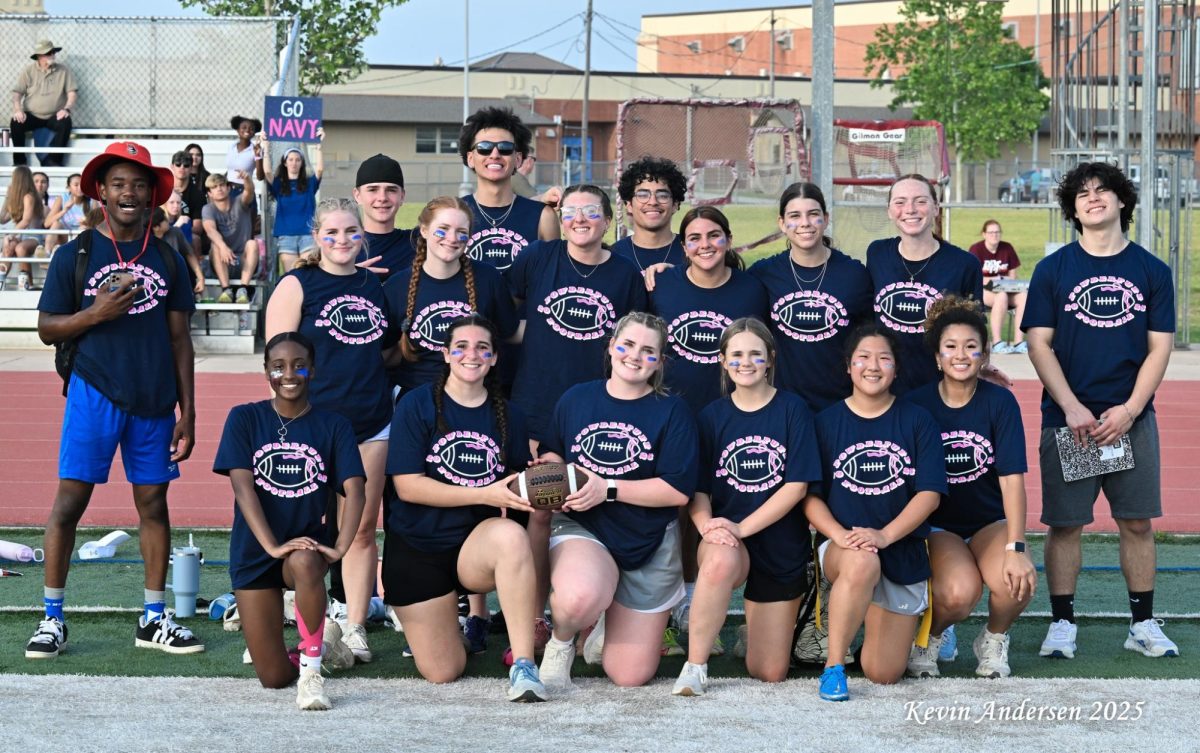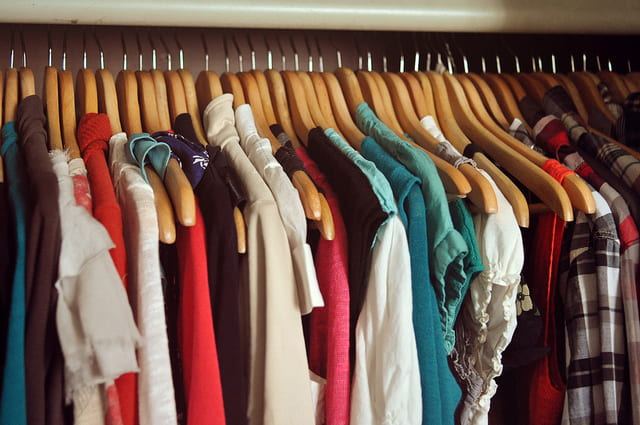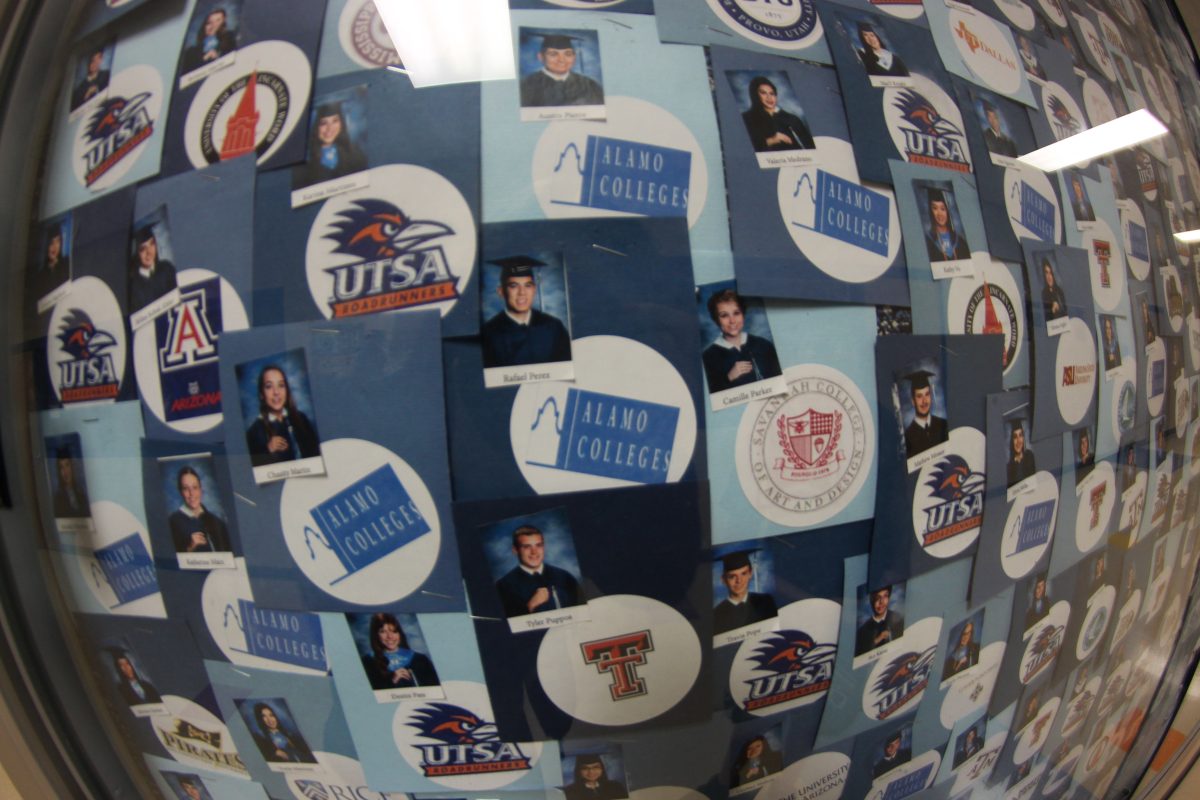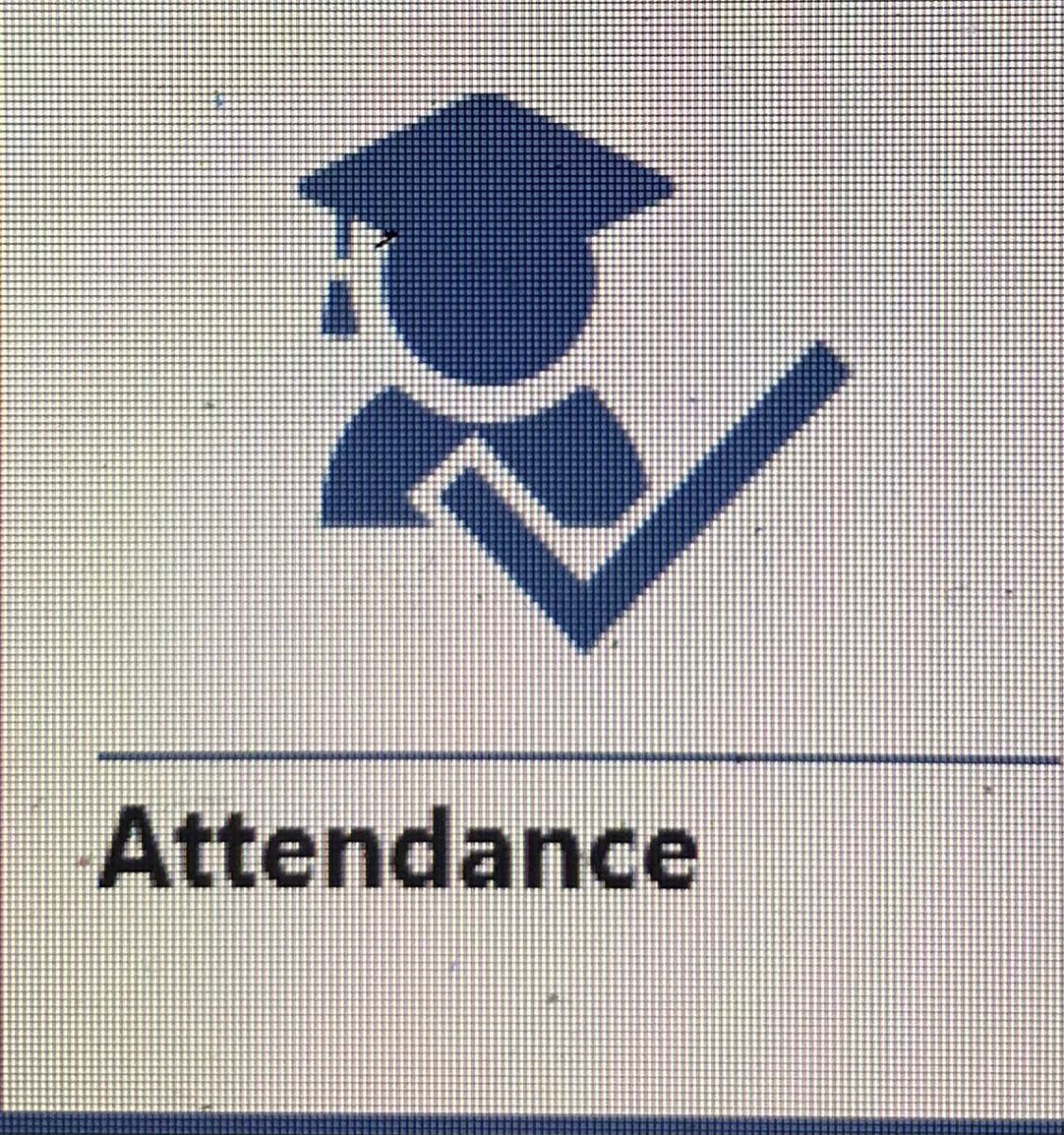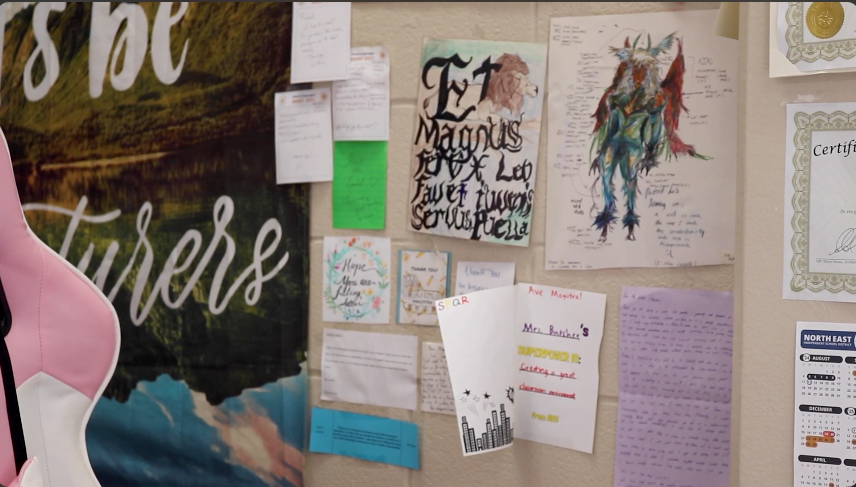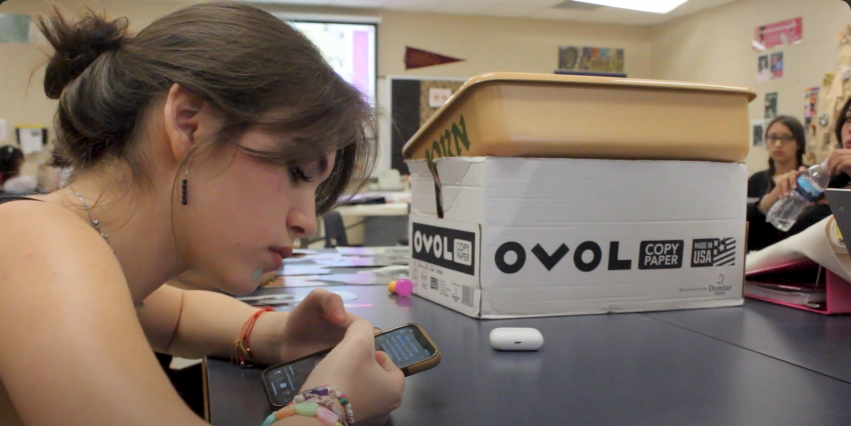by Mahek Khetani | arts & entertainment editor
Gender stereotyping. No, that’s not when the girl’s section of the store is playing Fifth Harmony while the boy’s section is playing Imagine Dragons – even though we all know at least a couple of guys that have “Miss Movin’ On” on their playlist. Gender stereotyping is a preconceived notion of a person’s capabilities due to their sex. Need more explanation? Junior Karla Morales, the only girl in our school’s engineering class, can help.
“People think that just guys can be in engineering because most of the good scientists and engineers in history are men, but I still want to be an engineer when I grow up, but society is why most girls don’t seem to have an interest in the technical classes because even when I told my mom that I wanted to be an engineer she was like, ‘what – why? that’s for men,’” Morales said.
Now we can’t blame mama Morales for having that mindset. Not because she was raised in a different generation, but because that notion hasn’t been fully erased, in minds nor in the media.
“I told my mother that’s it’s not just for men, I said I can do it because I’m great at math. Even though it’s weird being in a class with all guys, [society] doesn’t want to say in the same place of women staying in the house and men working, so I think it’d be great if girls took an interest in this field but it’s just very difficult to achieve that,” Morales said.
The issue of gender gaps doesn’t just apply to the ladies, but it looks like guys are also straying away from any elective that involves a sewing machine or a stove.
 “I think in high school, males are too scared of being considered feminine so they don’t wanna take a class like fashion or interior design, even though I know a lot are interested in how a sewing machine works or the business side of things, they back off because of the fear of being emasculated but they need to realize by taking the class, you’re not less of a man,” design teacher Valerie Diep said.
“I think in high school, males are too scared of being considered feminine so they don’t wanna take a class like fashion or interior design, even though I know a lot are interested in how a sewing machine works or the business side of things, they back off because of the fear of being emasculated but they need to realize by taking the class, you’re not less of a man,” design teacher Valerie Diep said.
But wait. There’s a glitch in this one, because according to the U.S. Department of Commerce Economics and Statistics Administration, only 15% of males in the U.S. take design in high school, the high fashion industry is predominantly run by men whereas STEM careers are made up of less than 40% of women.
“I try to inform the guys about the topic of fashion being for both men and women, I talk about Ralph Lauren and Tommy Hilfiger, and how successful they are as men but they just look at me like I’m crazy,” Diep said.
Diep further explained that the aversion teens seem to have over a certain career field can best be changed by teachers giving students a broader perspective.
“I do a good job at advertising the class that because I keep it open to everyone and I talk about how you can utilize this within another career. For example, interior design, yes it’s about decorating. But architecture and engineering are things you can feed off of from this class, so that appeals to both genders and makes them think ‘oh yeah I forgot about how this relates to what I might wanna do later on,’” Diep said.
Awareness of clubs and electives at Johnson high school seem to be a factor of what limits the involvement of participation of the opposite gender, as explained by senior Nathaniel Vogler.
“As far as Johnson can take in terms of advertisement, it’s limited. Clubs don’t have the resources or the time to do target marketing campaigns and you can’t put that much thought into how you can attract a certain demographic, but you can have the members invite people of the opposite gender, like the members in the Sci-Fi club could be like ‘oh I know this girl is into Star Trek/awrs, I should ask her if she wants to join,’” Vogler said.
Similar to Morales, sophomore Eloise Jewett is the only female enrolled in her section of AP computer science. She explains her take on gender gaps and how she believes we can aid the issue.
“Girls don’t seem to be into STEM courses as much and it’s very few who seem to care – they lean away from math and science as a career and I feel like they’re missing out and they stray away from these classes because they think there won’t be any girls in it, and they wanna stick to where their friends are. But I think it’s good to try new things and if you don’t like it, then you can get away. But you should taste everything in the buffet,” Jewett said.
The sophomore went on to explain how Johnson and our advisors can make advertising their classes a bit more personal in order to increase diversity.
“We could have a girl in the computer science class or a guy in the home-ec class talk about the good aspects and what it’s like, to give people an idea if it’s good for them. Everyone has their own opinions, and you can’t force a field onto someone but there’s not as much diversity in the workforce, which is always an issue because someone shouldn’t believe that they can’t be in a certain field because they’re not fit for that. They can be fit for anything and it’s limiting their standards to a high degree,” Jewett said.
The issue here isn’t that the majority of women would rather take fashion design over engineering, it’s that these statistics are scaring off those girls who do want to leave their mark in the math and science world. Whether you’re dreaming of New York Fashion Week or The New York Hacker Conference, you’re no less of a woman. It’s about equality, it always has been.
“I would not say that the gender gap is no longer an issue because that’s simply not true, there has been one for a long time, and no law or regulation that can change a culture. But I do believe it’s changing, theres a whole slew of women doing things no one though they could, and mark my words, I think in the next 50 years, we will see a closing of that gap,” Vogler said.




